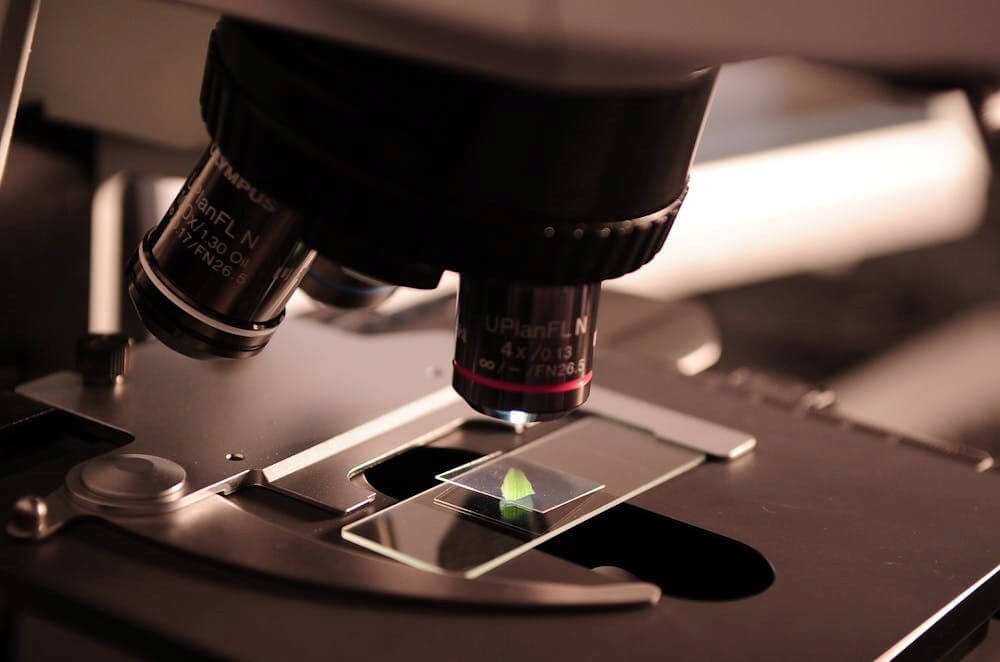Running a research lab’s tough when money’s tight. You need killer tools to keep up, but fancy equipment like microscopes can cost a fortune. They’re essential for studying cells, tissues, or reactions, but the price tags? Ouch. Labs are getting scrappy, finding ways to cut costs without cheaping out on quality. It’s a big deal, and there’s some pretty cool stuff out there to make it happen.
Why Fluorescence Imaging Rocks
Fluorescence imaging’s a lab superstar. It makes specific parts of a sample—like proteins or cells—glow under special light, so researchers can spot things that’d otherwise be invisible. Think tracking cancer cells or studying bacteria. Those fluorescent microscope images are gold, but this tech used to be for big-budget labs only. Now, affordable options are letting smaller teams jump in, which is a no-brainer for scaling up on a budget.
Modular Systems: Build as You Go
One smart way to save cash is modular microscope systems. These let you upgrade piece by piece, so you’re not shelling out for a fully loaded machine upfront. Start with a basic setup, then add better lenses or cameras later. It’s way easier on the wallet and keeps you flexible as your research grows.
Some modular systems are open-source, which is pretty sweet. You can grab parts from different vendors or swap pieces without buying a new rig. That’s huge for small labs trying to stay current. Plus, open-source designs spark teamwork—labs share hacks and upgrades, making everyone’s gear better. It’s like a science community cheat code.
Refurbished Gear: Big Bang for Less Buck
If you’re stretching dollars, refurbished microscopes are a solid bet. High-end models are built to last, so when big labs upgrade, their older units hit the market. These aren’t junk—they’re cleaned, tested, and tuned up to work like a charm. Vendors often throw in warranties or support, so you’re not taking a gamble.
Going refurbished lets small labs snag pro-grade gear without the crazy cost. That frees up cash for stuff like reagents or staff. It’s a practical move that doesn’t mean settling—just being savvy about your spending.
Free Software That Delivers
Microscope hardware’s only half the battle. Analysis software can cost an arm and a leg, which stinks for growing labs. Good news: free, open-source tools are killing it. These programs let you tweak, label, and analyze fluorescent microscope images without pricey licenses.
Some even have automation, like counting cells or spotting patterns. Since they’re open-source, you can customize them for your needs—no vendor lock-in. That’s a huge win for labs wanting flexibility and savings. Whether you’re studying neurons or plants, these tools get the job done on the cheap.
DIY Microscopy: Roll Your Own
For hands-on labs, building your own microscope’s a legit move. DIY kits or custom designs work great for teaching or niche experiments. If standard models don’t fit your project, this is the way to go.
Lots of DIY builds use 3D-printed parts and basic optics, keeping costs low while still giving clear images. Online guides and forums make it doable, even if you’re not a tech wizard. Labs that do this know their gear inside out, which helps with fixes or tweaks. It’s a bit of work, but skipping vendor markups feels pretty darn good.
Training on a Budget
New tools need trained users, and fancy training sessions can drain your funds. Lucky for us, there’s a ton of free or cheap options. Online videos, courses, and forums are loaded with tips for running microscopes and analyzing images. Some vendors toss in free guides too.
In the lab, cross-training’s a smart play. Get your team swapping tips, so everyone’s comfy with the gear. It cuts mistakes and keeps things humming if someone’s out. It’s not just about saving cash—it builds a stronger crew. Labs that share knowledge see better results, hands down.
Cloud Tools: Data Done Right
Fluorescent microscope images are data hogs, and local servers aren’t cheap. Cloud platforms are a budget-friendly fix, storing files off-site and letting you access them anywhere. They’re a lifesaver for managing big datasets without buying extra hardware.
Cloud tools also make teamwork easy. Upload images, and collaborators worldwide can dive in. Some platforms even do basic analysis, saving you from buying more software. It’s a lean way to keep data organized, cut costs, and boost your lab’s output.
The Future’s Looking Bright
Microscopy’s getting a major upgrade. New designs are smaller, smarter, and way cheaper. Compact systems now pack features you’d only find in high-end models, like support for fluorescent microscope images. That’s awesome for labs chasing premium results on a budget.
Down the road, expect more automation—think AI analyzing images or systems tweaking settings for sharper shots. These changes will make labs leaner, letting researchers focus on science, not tech. The gap between big and small labs is closing, and that’s a big win for science.
Wrapping It Up
Scaling a lab’s all about getting the most bang for your buck, and microscopy’s a prime spot to do it. Modular systems, refurbished gear, and open-source software are making high-quality tools accessible. Add DIY builds, free training, and cloud storage, and you’ve got a roadmap for growing without going broke.
These aren’t just cost-cutters—they let labs do more. Whether you’re tackling disease, studying materials, or training future scientists, affordable microscopy’s got you covered. It’s a smart way to scale and make a real impact. With the right tools, even a small lab can think big and deliver results that count.




